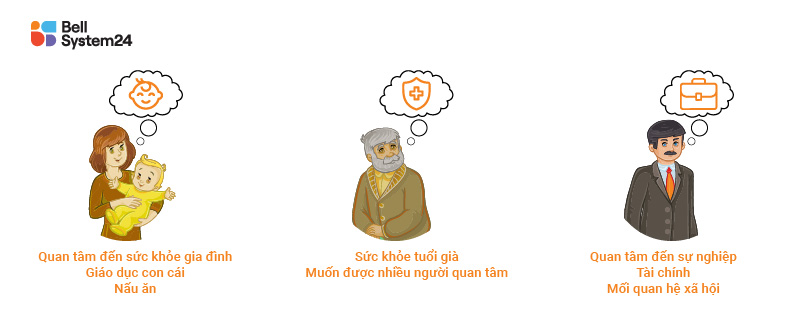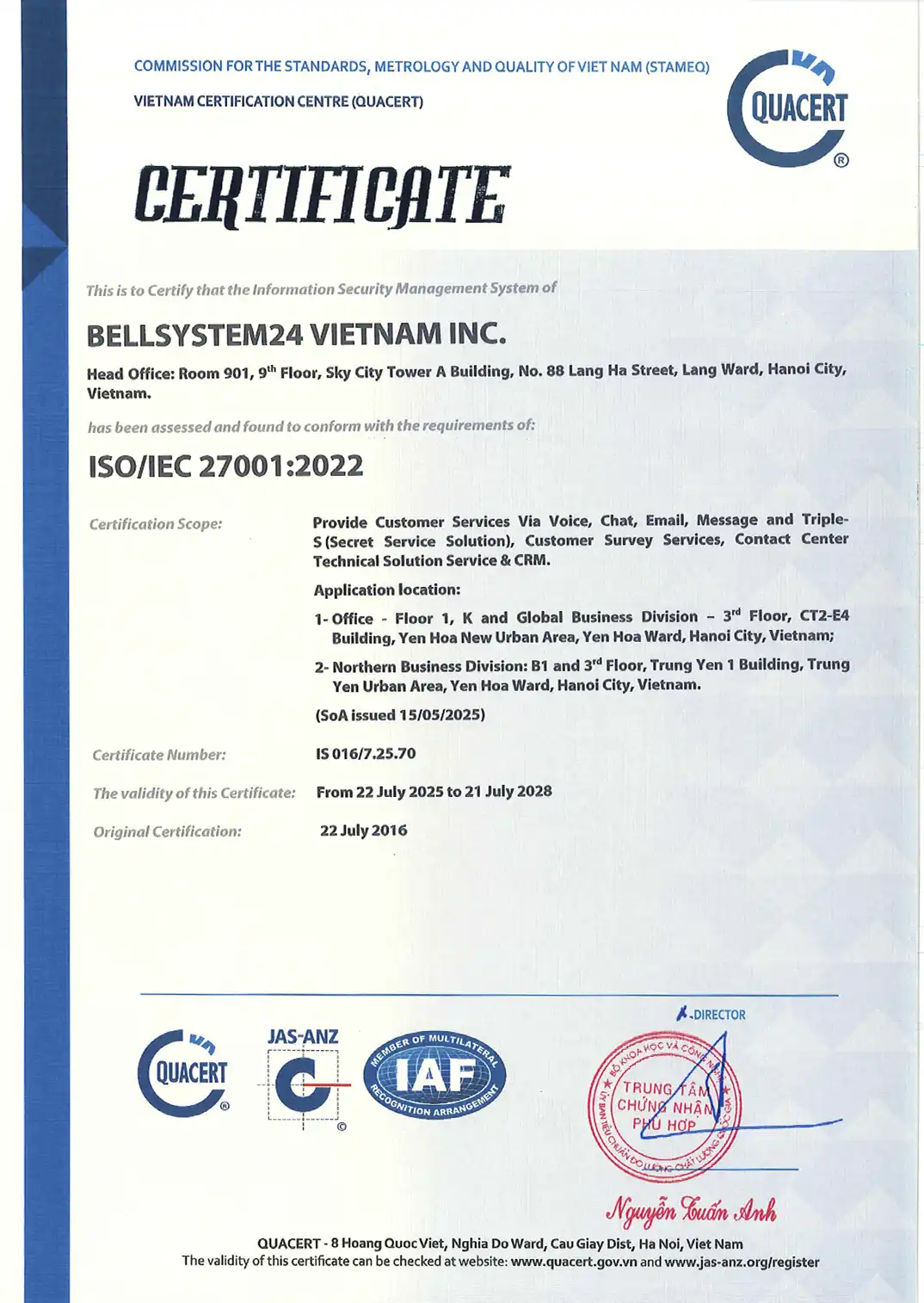Retail customers continue to grow strongly in terms of numbers, but this has not been accompanied by profits. Profits can only be maximized when customers use all of the Bank's products. Instead of focusing all resources on the "digital race" to market to new customers, banks should devote some time and resources to investing in cross-selling to their existing customer base.
Why is cross-selling still a "powerful weapon" in the digital era for banks?

In a context where the resources for natural growth of banks have nearly reached their limits, cross-selling products within the ecosystem to existing customers will help banks maintain stable growth.
In particular, as we enter the digital age, banks must also face the reality that their most digitally engaged customer base is Millennials and Gen Z – who are also the most demanding and have the lowest customer loyalty to banks. This means that without effective ways to leverage customers, such as timely implementation of upsell and cross-selling strategies, banks will miss out on significant growth potential.

In addition, cross-selling also brings significant benefits to customers. In the context of digitalization, where customers are approached through multiple channels and can easily register and connect their accounts with multiple banks, cross-selling with a preferred bank helps customers manage their financial and banking accounts in a more unified and effective manner. Successful cross-selling also improves the customer's status at that bank, meaning they will receive more benefits.
However, in reality, not many banks are able to effectively implement cross-selling strategies for their own products and services like financial institutions do.
Specifically, the number of financial company customers who access/use 3-4 popular products and services is much higher than that of banks. Although the percentage of customers satisfied with the attitude and customer service of banks remains quite high, the percentage of customers loyal to banks is also not low.


Part of the reason stems from the rapid growth of other financial institutions and customers' need for quick and convenient access to funds. However, another part is because many banks have not fully leveraged their customer data and maximized the application of effective cross-selling methods.
This is further confirmed by the Banking Brand Beat Score 2020 (BBBS 2020) report, which measures the effectiveness of banking brand communication through an online survey of 1,000 Vietnamese consumers. As many as 931 respondents said they were using the products and services of two or more banks, with 351 consumers using five or more banks.
A customer has many needs, but not every bank can tap into and satisfy all of those potential needs.
The reasons customers give for choosing to use additional products and services from other banks include: they do not fully understand these products and services at their bank; they were introduced to them by other banks; and their bank's policies are less attractive. This leads to situations where customers have opened an ATM account at Bank A but deposit savings at Bank B and use a credit card from Bank C.

Common mistakes when cross-selling using traditional methods
Data is not updated and consistent
Quite a few banks make the mistake of calling back old customers from Excel files dating back 9 months to 1 year. They should instead update new information about customers when they search for services on the website, or when they call the Hotline to inquire about higher-end service packages.
According to a survey by a major US bank, in the current "digital race," data that yields a good conversion rate must have been active for at least the past 30 days.
Many banks still only apply customer classification methods based on demographics or geographic location (name, age, province of residence, income). They overlook the fact that customers' real-time behaviors are what ultimately determine whether they are willing to cross-sell or upsell services.
If banks continue to stubbornly operate by cumbersome methods of transferring data sequentially across departments, or collecting customer data separately for each branch and department without an overview or integrating data across digital platforms, all the enormous amounts of data that banks have could potentially go down the drain.
Does not provide a personalized experience for customers
In addition, the customer experience can be severely diminished by receiving a barrage of calls from various banking services, such as Insurance, Loans, or Credit Cards, even though the customer provided their data a long time ago.
The bottleneck lies in the fact that the Sales departments at the Bank all operate separately and independently, leading to a lack of knowledge about how well this customer has been served and what services they have used in order to adjust the approach.
Impatient employees who fail to grasp the right timing
Many banks are still relatively "hasty" in cross-selling by continuously calling all customers using a rigid, standardized script that is often not truly suitable for the customer. They still offer the same incentives and use the same brand-aligned approach, but with poor call scripts and weak employee skills, customers will not find it appealing and may even find it annoying.
Cross-selling is clearly not just a one-step process. Banks that want to succeed at cross-selling cannot simply have their employees pick up the phone and wait for orders to come flooding in. Digital-age customers are easy to reach, but they demand much more than that.
Check it out now PART 2 To learn how to cross-sell effectively and more reasonably to customers in the digital age!







